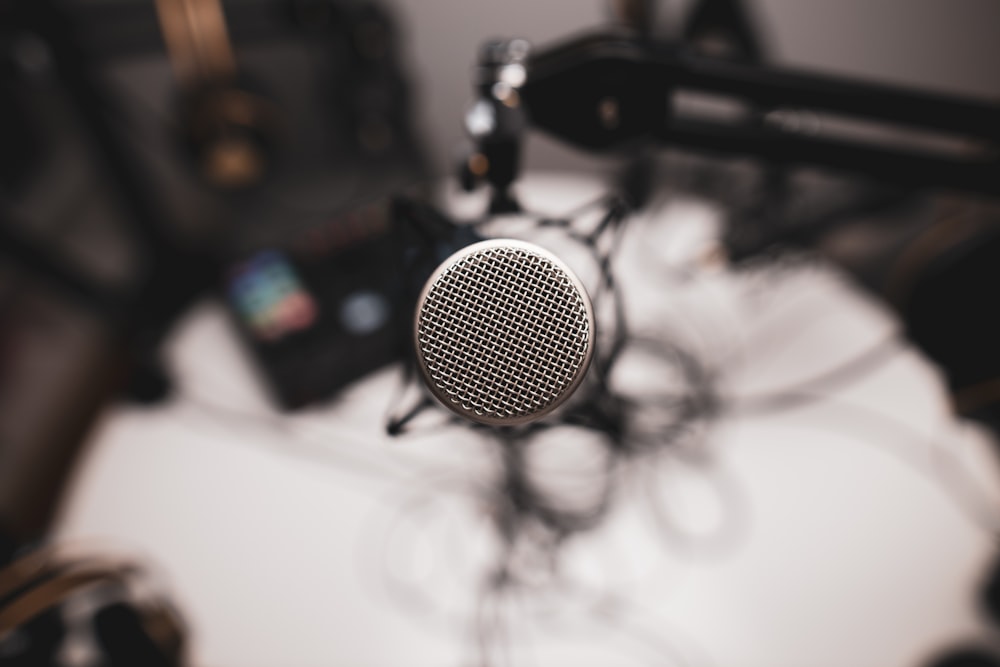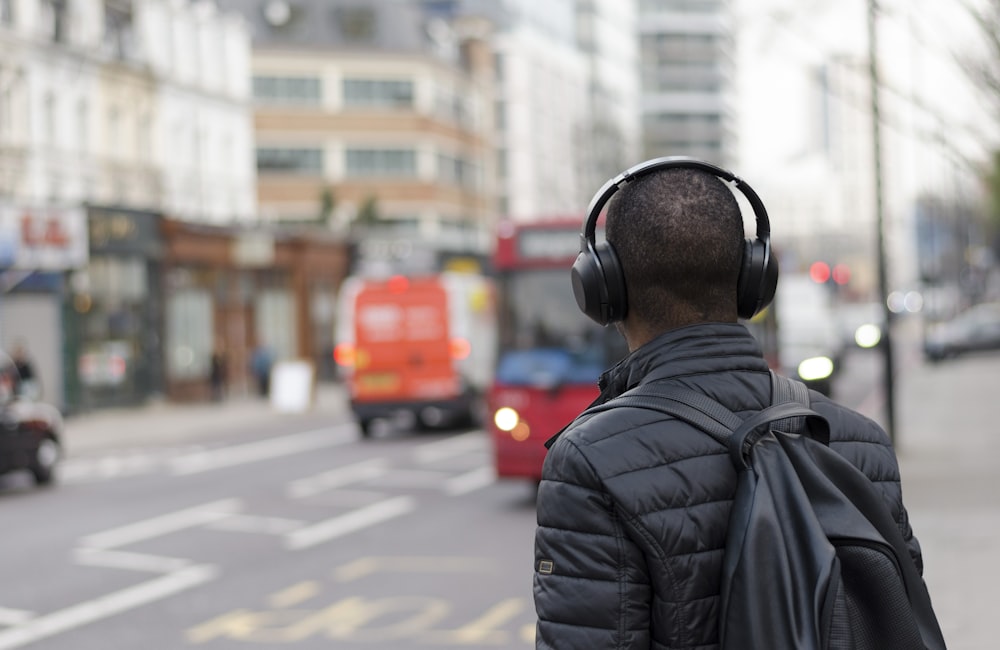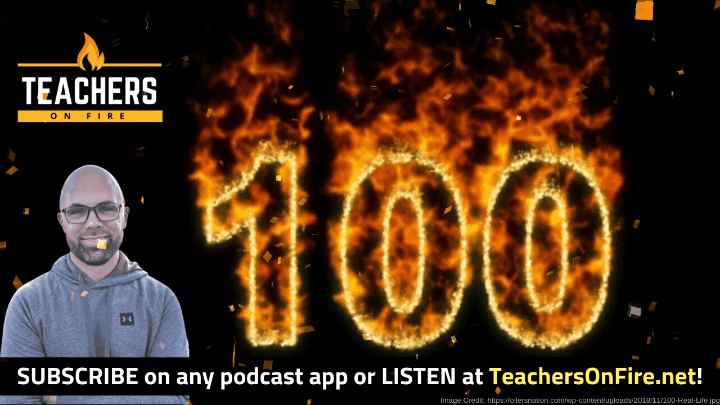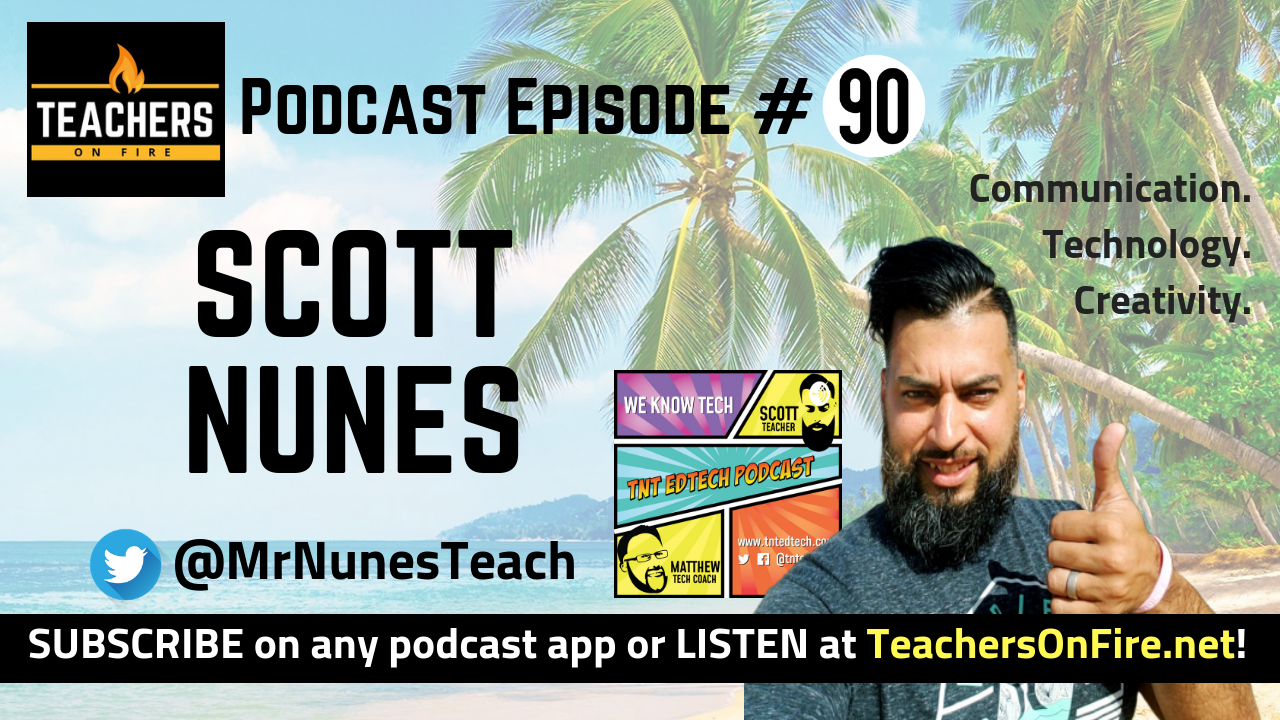Eleven tips that will help you build your voice and amplify your impact.
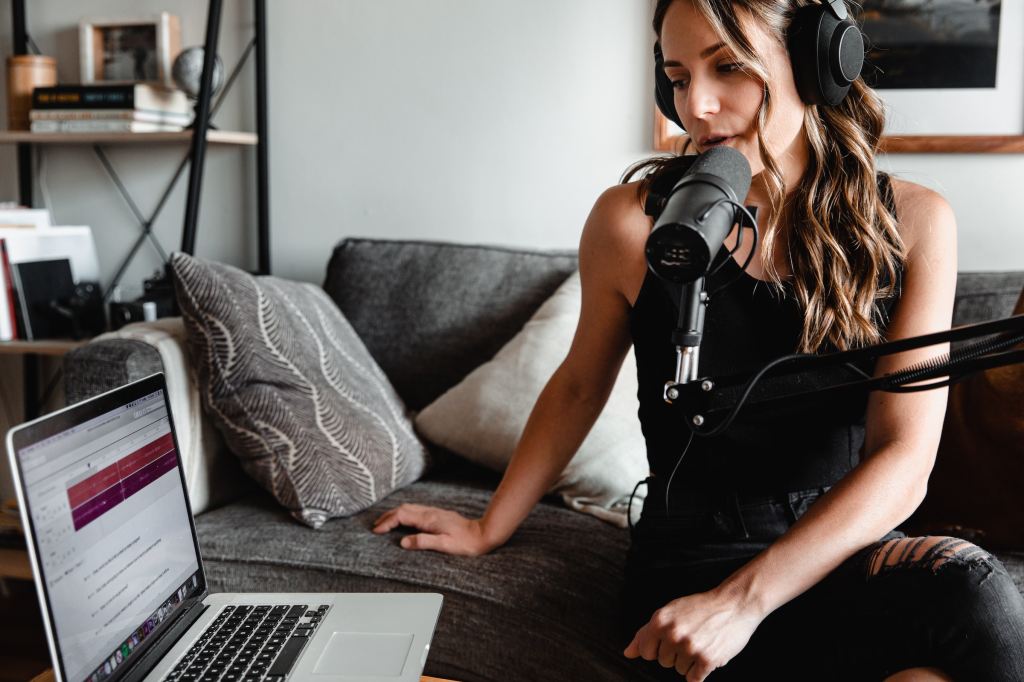
Image Source: Soundtrap on Unsplash
I first launched the Teachers on Fire podcast in 2018. It’s been an awesome ride, and I’ve learned a LOT over the journey.
Five years later, much of my creative energy and focus has shifted to YouTube. But recently, I’ve returned to publishing weekly episodes on the podcast as well.
Podcasting ignites my fire a little more every time I hit that publish button. There’s so much that is beautiful and powerful, simple yet compelling about this audio-only medium.
My podcast journey got off to a rough start
The start of my podcasting journey was comically ugly. Very, very ugly.
I cringe and laugh when I think about trying to record my first interview through an app that crashed five or six times throughout our conversation.
What should have been a 20-minute conversation took about an hour. Fortunately, I had a very patient and accommodating guest for my first episode of all time.
I was so wildly sold on the principles of growth mindset and incremental progress at the time that I could take any adversity. Things can only get better from here, I thought often. And I was right.
Two hundred thirty-four episodes and over 279,000 downloads later, I’ve learned a thing or two about podcasting. Although the media landscape looks different than it did five years ago, podcasting is still an incredibly effective way to share your message.
If you’re looking to launch your own education podcast, I’ve got some suggestions.
My best advice for launching your own education podcast
1. Define your mission, vision, target audience, and value proposition.
Take an hour and write out clear answers to the questions below. These thoughts will form your compass and your decision filter for the life of your podcast, even if some of your ideas evolve over time.
- Who is your target audience?
- What’s your value proposition?
- How will listeners benefit by listening to your content?
2. Based on those answers, select a title for your podcast.
This is a critical step, so think it through very carefully and follow these tips:
a. Select a title that has available real estate (handles) on ALL the social media platforms.
For example, I made sure that @TeachersOnFire was available for the taking on virtually every social media platform — in the podcast community, of course, but also on X, Instagram, and Facebook. Exact same spelling, same characters, same order everywhere.
The standardized handles will make promotion and publication infinitely simpler as you get out the word about your work. Believe me – you’ll thank me later.
b. Select a title that makes your podcast findable by educators who are simply browsing podcasts.
This is called SEO, or search engine optimization. If you can find a way to have something about teaching or teachers or learning or schools or education in your podcast title, there’s a legitimate chance that teachers will find and follow your podcast simply based on their own searches in Google or on podcast platforms.
That scenario is a lot less likely if your podcast title is something weird like The Mystery or vague like Important Conversations.
c. Select a title that is simple, easy to understand, easy to remember, easy to find.
Here’s a practical test: if the name is based on some clever pun or it’s vague or confusing or has an unusual spelling or has to be explained in any way for people every time you mention it, it’s a fail.
Don’t fall for the temptation to make an E a 3 or something weird like that. You’ll be forever explaining, clarifying, and reminding puzzled friends or connections who are trying to find your work.
d. Don’t select a title that someone else is already using in another space.
This might seem obvious, but take the time to Google your podcast title. If someone somewhere is using that title for something else, you’ll be competing with that organization for search traffic.
Early in my podcast journey I discovered a new website called Teachers on Fire that was being used by a group of Jewish rabbis in California.
Fortunately, I think they’ve moved on from the name and the site, but you can imagine how that conflict would create problems for both of us as we each continued to grow larger. Our audiences and communities would be landing on each other’s content all the time. Frustration both ways.
3. Choose a podcast host.
I went with Anchor which later became Spotify for Podcasters. It was free for me at the time and still is, even after the Spotify acquisition.
Once my sound file is uploaded to Spotify for Podcasters, it distributes my podcast to all the other podcast players (Apple Podcasts, Breaker, Castro, Pocket Casts, Spreaker, etc.) automatically.
A huge time-saver. Did I mention it’s free?
4. Hit record before you feel fully ready.
Do not allow analysis paralysis to take over. You’ll never be fully ready, and your first episodes won’t be perfect.
But you’ll learn SO MUCH from experience.
Everything will feel slow and cumbersome at first, but you’ll learn something new every single episode and your content will slowly get better with reps.
So do it. Hit record. Then hit publish. Get this train moving.
Don’t overthink equipment — a $50 mic is all you need to get going.
5. Don’t judge the success of your venture until you’re 100 episodes in.
This was a piece of advice that I first heard on The Fizzle Show podcast and it stuck with me.
Give yourself 100 episodes.
Most would-be podcasters quit by episode 10 (the term for this is podfade), which is no time at all to earn visibility and loyalty.
Give yourself a proper chance before you return a verdict on whether to continue or let it die.
6. Interviews will grow your podcast infinitely faster than solo episodes, so go that way if possible.
Every time you interview a guest, they share your content with their social network. This gives you amazing exposure to your target audience and puts your growth on steroids (compared to solo content).
When you interview guests, your thinking will be pushed and stretched in ways that just can’t happen with solo content. You’ll learn a ton, and other creators will give you invaluable advice that you never knew to ask for. You’ll also build meaningful new relationships that will last for years to come.
7. If you decide to adopt an interview format, use a video conference platform to record your episodes.
One of COVID’s few blessings was that it made Zoom ubiquitous. Everyone has it and knows how to use it.
The audio quality on Zoom is decent, especially if users actually have professional microphones at hand. But laptop internal mics have come a long way in the last ten years. If that’s all your guest is using, it’ll probably be fine.
Other quality video platform recorders out there include Zencastr, Riverside, and a great video livestreaming platform called StreamYard (I use this one regularly).
You get a couple of nice wins from using a video conferencing platform to record your interview content.
One is that the benefit of body language allows you to establish more of a multidimensional connection with your guest — it’s a little warmer than an audio-only conversation.
The other benefit is that the video file it produces actually allows you to publish your conversation as a video on YouTube, too.
8. Use Adobe Audition for editing.
Use it for your recording as well, if you decide to go with solo content on your podcast at first.
Adobe Audition takes time to learn, but it’s super powerful. It allows you to filter out unwanted background noise and it can make voice audio sound rich and deep even if it wasn’t recorded that way.
If your school has an Adobe subscription, you likely have free access to Audition.
But there are plenty of simpler options in this space as well. For example, if you happen to be a Mac person, you probably already have access to Garage Band.
9. Try to publish consistently.
This is very hard for full-time educators.
But listeners generally like knowing when to expect new content from you. If you can maintain a weekly schedule, that’s the gold standard.
You’ll build loyalty and relationships with listeners that just won’t happen when your content is unpredictable.
10. Post your audio-only files on YouTube.
You might be thinking to yourself, Tim, I’m not talking about becoming a YouTuber here.
Trust me. I posted all my early podcast content onto YouTube as audio-only files — never expecting them to get much traction. But weirdly enough, they did.
Many of those audio-only episodes got hundreds of views (listens) in the months and years that followed. Thanks in large part to the incremental growth from those early episodes, my channel is monetized today.
That means that it’s spinning off modest monthly income, supporting my creative work, and giving me another way to share my voice. That’s super cool.
What have you got to lose?
11. Engage in the online communities where your target audience lives.
I’m not talking here about creating social media accounts just so that you can hop in once a week and dump a link to your latest episode. All the social media platforms hate that and are now wired to suppress that sort of spammy content. You’d be wasting your time.
None of us have time to put hours into each and every platform, so give yourself some grace when it comes to what I’m about to say next.
Invest in online relationships. Connect with other educators who share your passionate ideals for growth and change in education. Provide value in online communities and you’ll be building trust and visibility for your name and brand.
There’s absolutely no way that I could have grown Teachers on Fire to what it is today without X (then Twitter). I can’t say enough about my friends and colleagues there who have cheered me on and supported my work over the years.
The fact is that not many listeners will find you by accident. Some will, because you followed my advice and titled your podcast in a way that’s findable and search-friendly. But it won’t be many.
The sad truth is that content creators who are not on any social media platforms struggle along in relative obscurity for months and years because literally no one knows they exist.
That’s just the harsh truth. It’s the way online content works. You have to get in front of eyeballs — not wait for them to find you.
So get out there. Champion your values. Get connected on X. Find Facebook groups of educators that align with your vision for education. Find other creators on Instagram or TikTok or LinkedIn who are doing the work you’re doing and can support and inspire you along the way.
Support the work and messages of others, and they’ll be inclined to support you back.
Final thoughts
I’m so excited that you’re starting this journey, fellow educator.
I remember when Adam Welcome told me that every educator should have a podcast. I’d go light on the should there, but his point is well-taken.
The field of K-12 education needs more inspiring, positive, practical podcast content, and I know you’re ready to provide just that.
Let me know how I can help and reach out any time.
I’ll be cheering you on.

